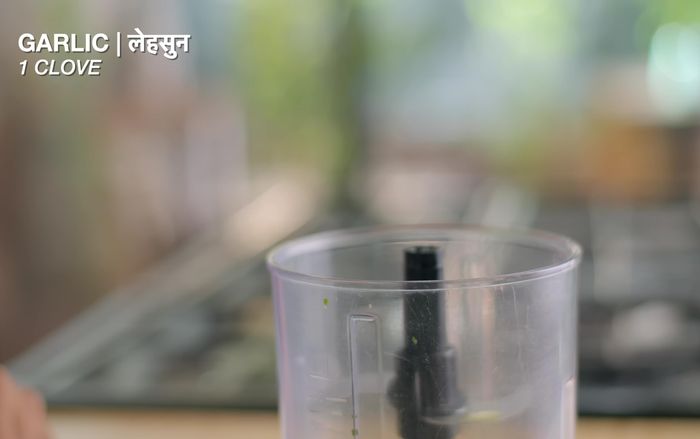Pesto pasta is a classic for a reason: it's simple, delicious, and endlessly adaptable. This vibrant dish showcases the fresh, herbaceous punch of pesto, perfectly complementing the al dente texture of your favorite pasta. Whether you prefer a vibrant basil pesto, a nutty pine nut version, or a zesty sun-dried tomato twist, this recipe provides a foundation for culinary creativity. Beyond the basic ingredients, we'll explore variations to suit your taste, from adding grilled vegetables for extra heartiness to incorporating protein like chicken or shrimp for a more substantial meal.
Forget bland, overcooked pasta nights! This guide will walk you through creating the perfect pesto pasta, from selecting the ideal pasta shape to achieving that elusive "al dente" texture. Ready to elevate your weeknight dinner? Let's dive into the step-by-step instructions and discover the secrets to making pesto pasta that will impress even the most discerning palates.
Tools Needed
- Copper vessel
- Mortar and pestle
- Pot
- Strainer
- Bowl
Ingredients
- Extra virgin olive oil: 2-3 tablespoons
- Garlic clove: 1
- Walnuts: 4-5
- Salt: a pinch
- Basil leaves: 100 grams
- Grated Parmesan cheese: 50 grams
- Pasta: 250g
Step-by-Step Instructions
Step 1. Make the Pesto
- Grind two to three tablespoons of extra virgin olive oil, one garlic clove, four to five walnuts, and a pinch of salt in a copper vessel using a mortar and pestle.
- Add a large bunch of basil leaves (100 grams), 50 grams of grated Parmesan cheese, and one tablespoon of extra virgin olive oil to the mixture. Grind well, adding more oil (2 tablespoons initially, then 4-5 tablespoons more as needed) until a smooth paste forms.


Step 2. Cook the Pasta
- Bring water to a boil in a pot. Add salt and then the pasta. Boil for 8 minutes, stirring occasionally to prevent sticking.
- the pasta should have a slight bite (al dente). If not cooked enough, boil for 2-3 more minutes.


Step 3. Combine and Finish
- Drain the pasta and transfer it to a bowl. Add the prepared pesto, grated Parmesan cheese (if desired), and some pasta water to create a creamy consistency.
- Mix well to coat the pasta evenly and season with salt to taste.


Step 4. Serve
- Serve immediately.

Read more: Easy Basil Pesto Pasta: Simple, Cheap, & Delicious Recipe
Tips
- To make a brighter green pesto, blanch the basil leaves in boiling water for a few seconds, then plunge into ice water to stop the cooking process. Dry and use as usual.
- Use pesto immediately after making it to prevent oxidation and darkening.
- Save some pasta water to add to the sauce to adjust the consistency if needed.
Nutrition
- N/A
FAQs
1. How do I prevent my pesto from becoming oily?
Use high-quality, well-drained pesto. Add a tablespoon or two of pasta water to the sauce while mixing it with the pasta; the starch will help emulsify the oil and create a creamier sauce.
2. What kind of pasta is best for pesto?
Short, tube-shaped pastas like penne, farfalle (bow tie), or rotini are excellent choices because they hold the pesto well. Long pasta like spaghetti or linguine also work, but may require a bit more sauce.
With this recipe, perfectly cooked pesto pasta is now within everyone's reach. Enjoy the satisfying blend of fresh herbs, perfectly cooked pasta, and a delightful sauce that elevates a simple meal to something truly special. Now go forth and create your own pesto pasta masterpiece!
